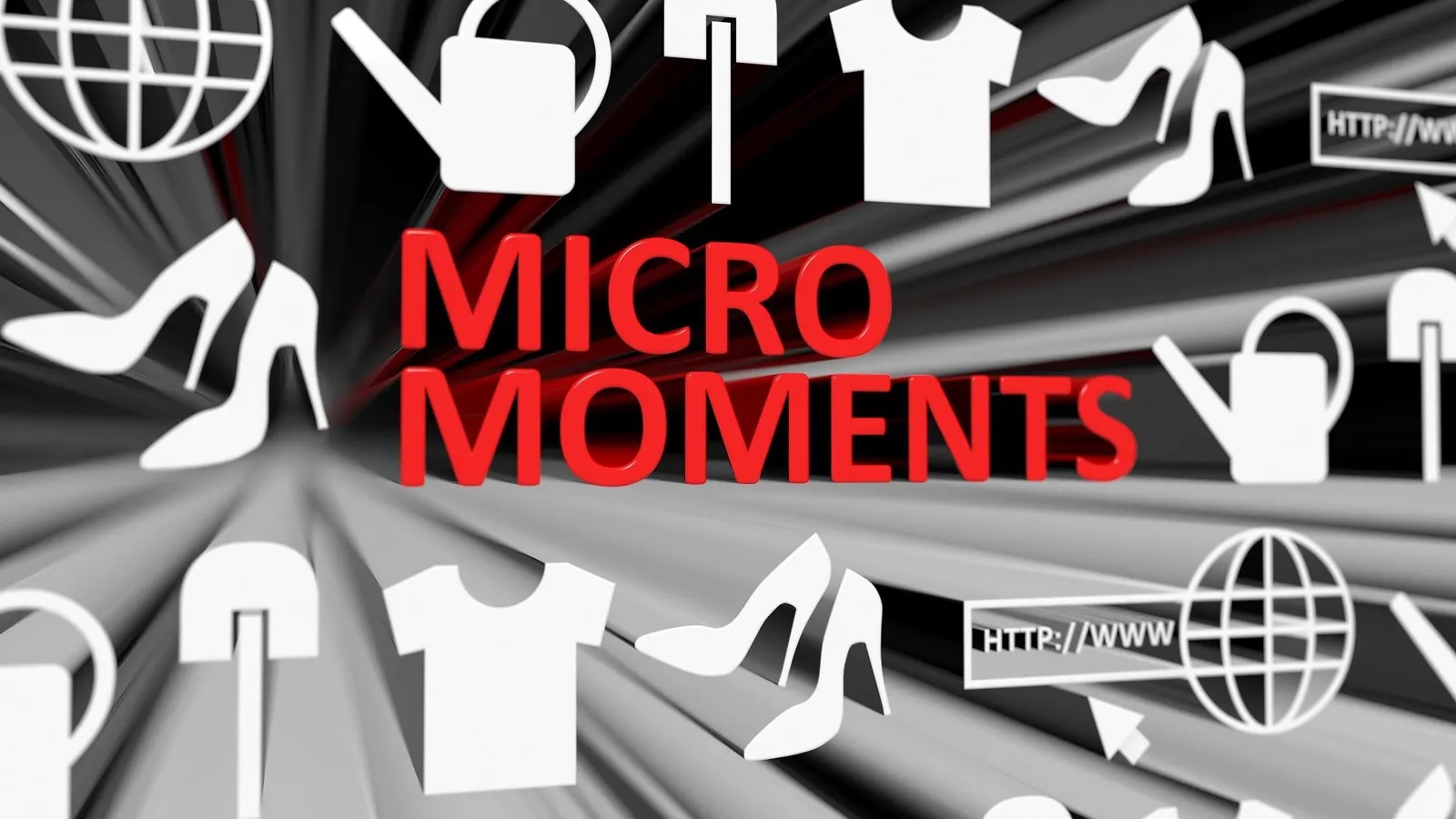Contents
Have you ever found yourself reaching for your phone to make a quick purchase you hadn’t planned on? Maybe it was a limited-time offer, or perhaps a product just seemed too good to pass up. Welcome to the world of micro-moments, where impulse buying is taking center stage in the ecommerce industry.
In these fleeting instances, consumers are acting on their immediate needs or wants, reshaping how businesses approach online shopping. Let’s delve into this trend and see how it’s revolutionizing the shopping experience.
The Rise of Micro-Moments
From the days of traditional shopping lists to today’s on-the-go digital purchases, buyer behaviors have evolved dramatically. Before, shopping was often a planned activity, with items meticulously listed and thought out. Now, with smartphones in nearly every pocket, consumers are just a few taps away from satisfying an immediate want. It’s the era of “I-want-to-buy-it-now,” where immediate gratification isn’t just desired—it’s expected.
Understanding Impulse Buying Triggers
To effectively capitalize on impulse buying, understanding its triggers is crucial. Emotional triggers play a significant role. Feelings of joy, stress, or even boredom can nudge a consumer towards a purchase.
Then, there are the situational triggers. Time-sensitive discounts and flash sales, for example, can create a sense of urgency. But it’s not just about the deals. The online environment itself, shaped by an ecommerce site’s design, product placement, and calls-to-action, can entice buyers into making unplanned purchases.
Headless Ecommerce – Fueling Impulse Purchases
Enter headless commerce. At its core, headless e-commerce refers to a decoupled architecture where the frontend (the part users interact with) is separated from the backend (where all the data is stored). But why does this matter for impulse buying?
The flexibility of headless ecommerce allows online stores to deliver a seamless shopping experience across all devices, whether it’s a smartphone, desktop, smartwatch, or even an IoT device.
With faster load times, real-time content updates, and streamlined checkout processes, headless systems are perfect for catching and capitalizing on those micro-moments. The beauty lies in its ability to present the right content at the right moment, making spontaneous decisions even easier for the consumer.
In a nutshell, headless ecommerce is like having a well-trained sales assistant who knows just when to step in with a product suggestion, speeding up the decision-making process for the customer. In consequence, more and more ecommerce businesses turn their attention to headless solutions, seeing this model as a tool to stay competitive and anticipate future trends.
Strategies for Capitalizing on Ecommerce Micro-Moments
Harnessing the power of micro-moments goes beyond just having a mobile-friendly site. Here are a few strategies that can help.
Seamless Mobile Experience
More than ever, impulse purchases are happening on mobile devices. It’s vital for your ecommerce site to be mobile-friendly, with a responsive design, fast loading times, and intuitive navigation. Remember, a customer in a micro-moment won’t wait for a slow site to load.
Instantaneous Checkouts
Remove any unnecessary friction during the checkout process. Offer multiple payment options, save user preferences for returning customers, and employ one-click checkout solutions where feasible.
Personalized Content
Use AI and machine learning algorithms to show tailored product recommendations. If a customer sees a product that aligns perfectly with their interests during a micro-moment, they’re more likely to make an on-the-spot purchase.
Effective Ad Targeting
Utilize retargeting strategies to remind potential customers of products they’ve shown interest in. Dynamic ads, which show products based on users’ browsing history, can be highly effective during micro-moments.
Engaging Product Visuals
High-quality images, interactive 3D models, and short, engaging product videos can be the deciding factor in a micro-moment. They offer the customer a clearer understanding of the product, increasing the likelihood of an impulse purchase.
Availability Alerts
If a customer shows interest in a product that’s out of stock, offering an instant alert option for when it becomes available can capture sales during future micro-moments.
Leverage Social Media Platforms
With the rise of ‘shop now’ features on platforms like Instagram and TikTok, brands can capitalize on micro-moments as users browse their feeds. Integrating ecommerce directly into social media ensures users can make immediate purchases without leaving the app.
Conclusion
In the dynamic landscape of ecommerce, understanding and leveraging micro-moments is more than just a trend—it’s a necessity. As consumers continue to seek instant solutions to their needs, brands need to adapt, offering not just products but immediate, valuable experiences. Stay agile, and keep your finger on the pulse of consumer intent. The world of ecommerce waits for no one, and in the age of micro-moments, every second truly counts.


